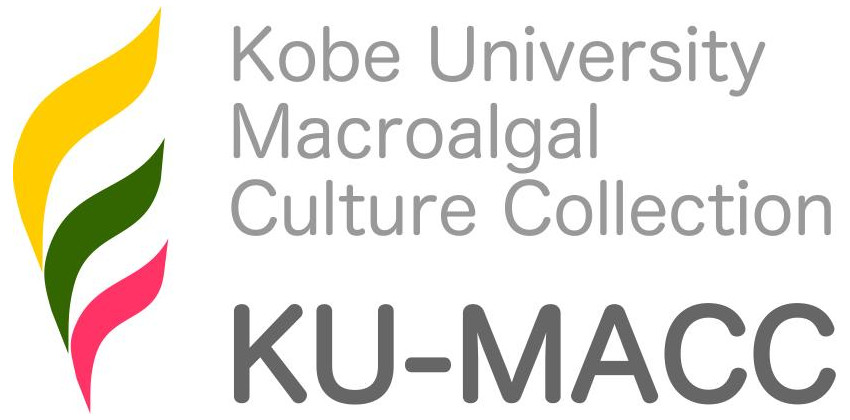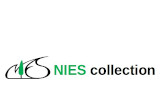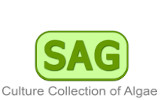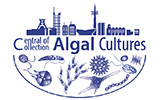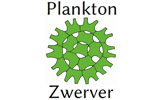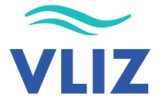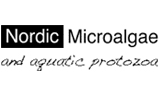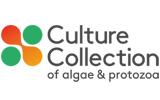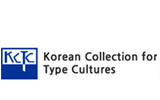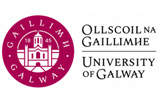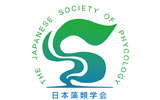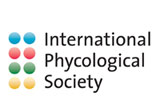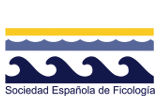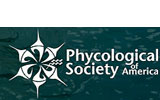Delisea pulchra (Greville) Montagne 1844
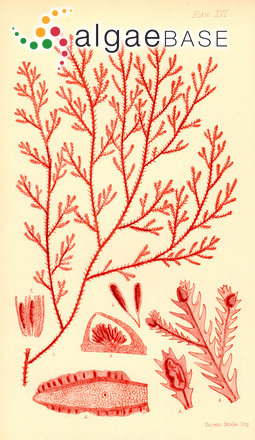
Current name: Delisea pulchra (Greville) Montagne
Publication Details
Delisea pulchra (Greville) Montagne 1844: 128
Published in: Montagne, C. (1844). Quelques observations touchant la structure et la fructification des genres Ctenodus, Delisea et Lenormandia, de la famile des Floridées. Annales des Sciences Naturelles, Botanique, Troisième série 1: 151-161, pls 10, 11.
Type Species
The type species (holotype) of the genus Delisea is Delisea elegans J.V.Lamouroux.
Status of Name
This name is of an entity that is currently accepted taxonomically.
Basionym
Bowiesia pulchra Greville
Type Information
Type locality: Australia; (Silva & al. 1996: 184) Holotype: Fraser; Herb. Greville, E; (Womersley 1996: 344) Notes: "Novam Hollandiam" (Womersley 1996; 344). Possibly Macquarie Island (Ricker, 1987), but opinions vary (see Millar, 1990: 382). Type: Greville collection, E (Bonin, 1982, figs 8a, 8b).
Origin of Species Name
Adjective (Latin), beautiful, fair, pretty.
General Environment
This is a marine species.
Created: 30 December 1997 by M.D. Guiry.
Last updated: 01 April 2022
Verification of Data
Users are responsible for verifying the accuracy of information before use, as noted on the website Content page.
Nomenclatural note
Dates and page numbers vary: 1843: 128; 1844: 158 (Index Nominum Algarum); 1843: 128 (Silva et al. 1996); 1844: 158 (Womersley 1996). - (12 May 2009) - G.M. Guiry
Taxonomic note
According to Silva et al. (1996: 184), the name Delisea fimbriata has been misapplied to this species by Levring (1953: 521, 523-526, figs. 52-55A,B) - (11 May 2006) - G.M. Guiry
Distributional note
According to Fuhrer (1981) this species occurs in temperate and subtropical waters. Huisman (2000) notes that this species is distributed from Dongara, Western Australia, around southern Australia to Caloundra, Queensland. - (11 May 2006) - G.M. Guiry
Usage note
This species avoids a broad spectrum of bacterial infections without breeding any bacterial resistance to its defensive chemistry. Molecules known as furanones produced that bind readily to the specific protein-covered bacterial receptor sites. These receive the bacterial signaling molecules (N-acyl homoserine lactone) that normally induce surface colonization. This method of blocking bacterial communication effectively prevents bacteria from forming groups and becoming virulent, but does not physically kill them. More than 80% of bacterial infections in humans are estimated to involve the formation of bacterial colonies, or biofilms, while numerous other potential applications for this completely novel anti-bacterial technology exist. BioSignal Ltd., an Australian company, is now testing and/or already applying synthetic furanones based on those produced by Delisea pulchra in a variety of applications, including medical treatment and devices; pipelines; heating, ventilating, and air conditioning systems; cleaning products; and water treatment. - (04 January 2010) - M.D. Guiry
Linking to this page: https://www.algaebase.org/search/species/detail/?species_id=1949
Citing AlgaeBase
Cite this record as:
M.D. Guiry in Guiry, M.D. & Guiry, G.M. 01 April 2022. AlgaeBase. World-wide electronic publication, National University of Ireland, Galway. https://www.algaebase.org; searched on 29 March 2025
 Request PDF
Request PDF